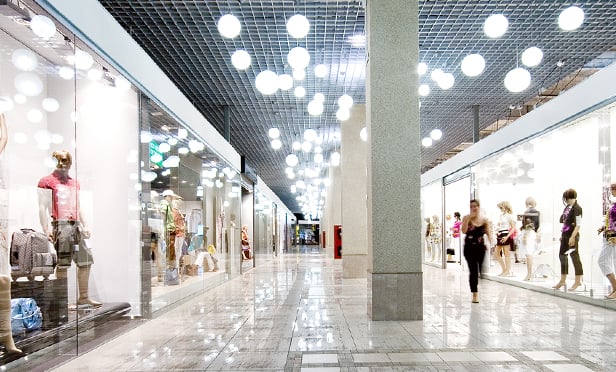SAN FRANCISCO—Wouldn't it be convenient if someone had clear, intelligent answers to most of your CRE-related questions? Problem solved. Nina J. Gruen, a.k.a. Ms. Real Estate, a.k.a. the principal sociologist overseeing market research and analysis at Gruen Gruen + Associates, is here to answer readers' questions.
Dear Ms. Real Estate:
Lately I have been reading about the development of micro housing units in locations like San Francisco. Do they make economic sense both in the short and longer run? Put differently, are they just a passing fad?
—Mighty Micros or a Pest in Disguise?
Dear Mighty Micros:
As you are aware, today's micro units tend to range in size from 165 to 350 square feet. Developers specializing in this product realize the demand for such units exists in vibrant city locations close to public transportation. Equally important, because micro unit buildings typically contain no internal amenities or parking, they must be located within walking distance of the urban amenities that provide convenience in high energy, exciting neighborhoods. Examples of necessary amenities that must be located on the street within a quarter mile of the building are groceries, take-out foods, coffee shops, bars and clubs, and entertainment options suited to the age/lifestyle of the tenants.
The per-square-foot cost of construction per unit will be somewhat higher than larger units, because the costs of kitchens and bathrooms will be spread over fewer square feet of rentable space. Net to gross ratios for micro units are also likely to be higher than larger units, because the building will not contain amenities such as workout rooms and parking. But if the units are located in high rent cities such as San Francisco, New York or Vancouver, the per-square-foot premium of the micro units will be greater than the square foot increase in costs. For example, if the unit is 275 square feet (a little larger than the size of an average hotel room), an obtainable rent of $6.00 per square foot yields a monthly rent of $1,650.
In expensive housing locations like San Francisco, where a new two-bedroom unit is priced between $3,500 to $4,500 per month, for those prospective renters who would be required to share this space with roommates the micro unit can be a satisfactory option.
A primary market for these micro units in San Francisco is the young techies whose starting salaries range between $80,000 and $120,000. Their annual rent for a new micro unit would therefore require between 17 and 20 percent of their total annual income. Given the fact that many of these younger tech workers spend much of the day at their company— which, by the way, offers food throughout the day—a micro unit where they don't have to share space can be a big benefit.
With respect to your question as to whether these micro units are likely to be a fad, if well designed with high quality features, I believe they will continue to be demanded. In addition to younger tech workers, there are two additional primary markets: the older Baby Boomers and pre-Boomers with limited funds that prevent them from renting or purchasing a larger unit in expensive locations like San Francisco, and both U.S. residents and foreigners seeking a pied-a-terre in San Francisco. Both sets of renters are willing to trade off size for nearby 24-hour amenities. To sum up, sometimes smaller is better.
© 2025 ALM Global, LLC, All Rights Reserved. Request academic re-use from www.copyright.com. All other uses, submit a request to asset-and-logo-licensing@alm.com. For more information visit Asset & Logo Licensing.



